The time for applying ectoparasiticides for the control of ailments such as blowfly strike, tick-borne illnesses and deterring nuisance flies is upon us. Reports of blowfly strike have been low to-date, but are steadily on the rise with damp, humid conditions increasing fly activity.
Tick-borne illnesses have become a greater concern earlier in the season in recent years and farmers grazing lands where ticks have become an issue need to be aware of this to protect not only the health of their animals, but also their own health.
May is an awareness month for Lyme disease and other tick-borne diseases, which highlights the gravity of current risks. Hill farms face the greatest challenge in this regard, but more marginal lands with an environment conducive to sustaining a tick population are also at risk.
It is important for farmers to be aware of these risks and tailor their external parasite control programme appropriately.
Table 1 details external parasite control options using blowfly strike as the main concern. It is split into products licensed for plunge dipping and pour-on products.
The product characteristics included in the table have been extracted from the Summary of Product Characteristics (SPC) published by the Health Products Regulatory Authority (HPRA) and, where applicable, from the Veterinary Medicines Directorate (VMD) Product Information Database.
As is quickly evident, the products differ significantly in terms of the range of external parasites they target, whether or not they will treat or prevent the different ailments and the length of protection offered.
There is also significant variance between withdrawal dates, which is important at this stage of the year when lambs may be approaching slaughter.
Important parameters
When selecting products, it is important to look at a number of aspects including the length of protection provided, the withdrawal periods and associated external parasites covered. Different products major on different characteristics and this should be kept in mind when considering cost of treatment.
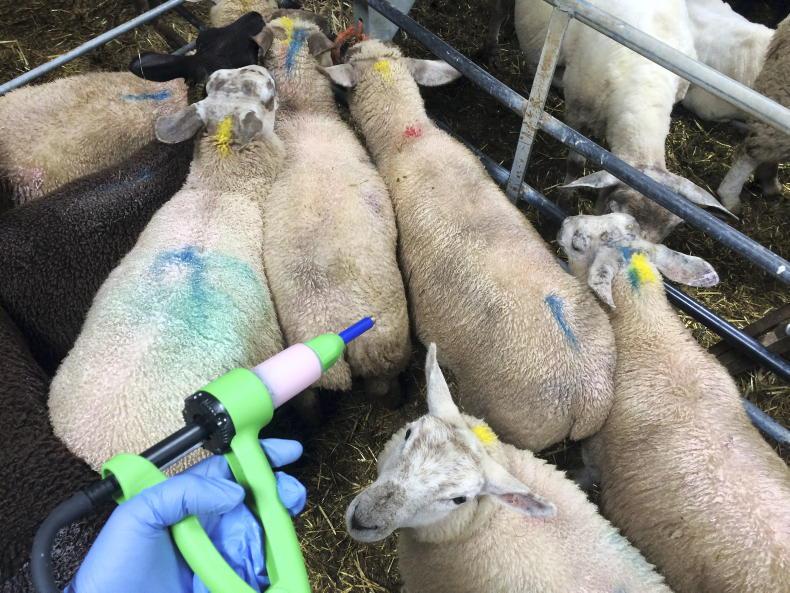
Sheep blowfly products should be handled with care wit protective clothing, gloves and a respiratory mask worn.
It is also important to highlight that a number of pour-on products differ significantly, with some providing preventative properties to blowfly, but not treating an established strike and vice versa. CLiK and CLiK Extra provide the longest duration of cover, but also have the greatest withdrawal date.
There is a tendency sometimes among farmers to delay preventative treatments until there is a significant increase in the level of blowfly strike, but it also needs to be taken in to account that there is typically a lower application rate
Youngs Vector is common among hill sheep farmers, as it is the only pour-on product that has preventative properties for both blowfly strike and ticks. Ectofly, CLikZin and Youngs Vector are common options for farmers with aged lambs, as they have a much shorter withdrawal period of seven to eight days.
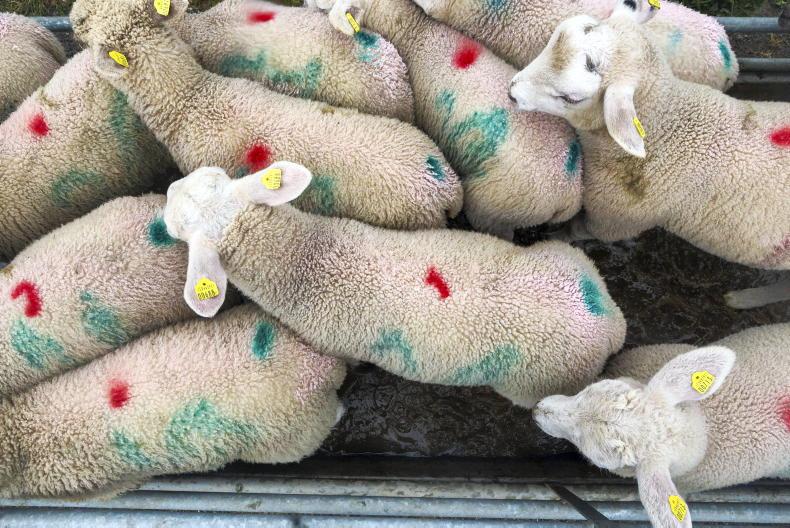
Withdrawal periods need to be taken in to account where administering product on lambs approaching slaughter weight. \ CJ Nash
Products with a shorter claim of cover and products licensed for plunge dipping often come under the spotlight as the season progresses due to the shorter window of cover. Plunge dipping products cannot be equalled in terms of also providing cover for sheep scab and therefore they can be used strategically to cover a number of bases.
Method of application
The application procedure has a big influence on the duration of protection achieved. The mode of action in products such as CLiK is insect growth regulators (IGRs), which essentially stifle any development. Products such as Ectofly in contrast are pyrethroids and work by disrupting an insect’s nervous system, ultimately leading to death.
There are a number of factors that should be followed irrespective of the mode of action. Product should be applied to a clean, dry fleece avoiding contact with rain for six to 12 hours post-application.
We generally do not have to worry about this element, but you should also avoid applying the product in intense heat where there is a risk of evaporation before the product has an opportunity to bind with the fleece.
Protection in pour-on products will also generally only be provided to the area of the fleece it comes in contact with, and as such, it is generally recommended to apply over the shoulders, back and rump.
The cleanliness of the fleece will have an influence on the level of protection and any dirty tailends should be dagged prior to application.
Products such as Ectofly and Youngs Vector, which target a number of external parasites, differ in the mode of application for the different parasite targeted.
This includes applying product with different nozzles and it is important to read manufacturer’s guidelines carefully.
Tick-borne diseases
The greatest challenges from several tick-borne diseases in an Irish context are typically tick-borne fever and louping ill.
The clinical symptoms to look out for with tick-borne fever include sheep being lethargic and stiff when moved, failing to eat and running a high temperature.
Louping ill causes neurological issues and creates a nervous disposition in affected sheep.
Sheep tend to develop immunity to disease, leaving young lambs and naïve sheep which have been introduced to the environment most at risk. For each of its three stages of development, a tick needs to feed on blood on a host such as sheep, cattle, dogs, humans etc. It is during this period that disease spreads, with a feeding period lasting anywhere from four to 14 days.
Where animals are grazing in an environment with a heavy tick infestation, it is not uncommon to witness anaemia occur or occasional blood loss.
Where this occurs, ticks will be easily seen on the inner legs and belly region of lambs when turned over. Regular checking of lambs when flocking can help to identify possible issues or highlight the need for treatment.
The time for applying ectoparasiticides for the control of ailments such as blowfly strike, tick-borne illnesses and deterring nuisance flies is upon us. Reports of blowfly strike have been low to-date, but are steadily on the rise with damp, humid conditions increasing fly activity.
Tick-borne illnesses have become a greater concern earlier in the season in recent years and farmers grazing lands where ticks have become an issue need to be aware of this to protect not only the health of their animals, but also their own health.
May is an awareness month for Lyme disease and other tick-borne diseases, which highlights the gravity of current risks. Hill farms face the greatest challenge in this regard, but more marginal lands with an environment conducive to sustaining a tick population are also at risk.
It is important for farmers to be aware of these risks and tailor their external parasite control programme appropriately.
Table 1 details external parasite control options using blowfly strike as the main concern. It is split into products licensed for plunge dipping and pour-on products.
The product characteristics included in the table have been extracted from the Summary of Product Characteristics (SPC) published by the Health Products Regulatory Authority (HPRA) and, where applicable, from the Veterinary Medicines Directorate (VMD) Product Information Database.
As is quickly evident, the products differ significantly in terms of the range of external parasites they target, whether or not they will treat or prevent the different ailments and the length of protection offered.
There is also significant variance between withdrawal dates, which is important at this stage of the year when lambs may be approaching slaughter.
Important parameters
When selecting products, it is important to look at a number of aspects including the length of protection provided, the withdrawal periods and associated external parasites covered. Different products major on different characteristics and this should be kept in mind when considering cost of treatment.

Sheep blowfly products should be handled with care wit protective clothing, gloves and a respiratory mask worn.
It is also important to highlight that a number of pour-on products differ significantly, with some providing preventative properties to blowfly, but not treating an established strike and vice versa. CLiK and CLiK Extra provide the longest duration of cover, but also have the greatest withdrawal date.
There is a tendency sometimes among farmers to delay preventative treatments until there is a significant increase in the level of blowfly strike, but it also needs to be taken in to account that there is typically a lower application rate
Youngs Vector is common among hill sheep farmers, as it is the only pour-on product that has preventative properties for both blowfly strike and ticks. Ectofly, CLikZin and Youngs Vector are common options for farmers with aged lambs, as they have a much shorter withdrawal period of seven to eight days.

Withdrawal periods need to be taken in to account where administering product on lambs approaching slaughter weight. \ CJ Nash
Products with a shorter claim of cover and products licensed for plunge dipping often come under the spotlight as the season progresses due to the shorter window of cover. Plunge dipping products cannot be equalled in terms of also providing cover for sheep scab and therefore they can be used strategically to cover a number of bases.
Method of application
The application procedure has a big influence on the duration of protection achieved. The mode of action in products such as CLiK is insect growth regulators (IGRs), which essentially stifle any development. Products such as Ectofly in contrast are pyrethroids and work by disrupting an insect’s nervous system, ultimately leading to death.
There are a number of factors that should be followed irrespective of the mode of action. Product should be applied to a clean, dry fleece avoiding contact with rain for six to 12 hours post-application.
We generally do not have to worry about this element, but you should also avoid applying the product in intense heat where there is a risk of evaporation before the product has an opportunity to bind with the fleece.
Protection in pour-on products will also generally only be provided to the area of the fleece it comes in contact with, and as such, it is generally recommended to apply over the shoulders, back and rump.
The cleanliness of the fleece will have an influence on the level of protection and any dirty tailends should be dagged prior to application.
Products such as Ectofly and Youngs Vector, which target a number of external parasites, differ in the mode of application for the different parasite targeted.
This includes applying product with different nozzles and it is important to read manufacturer’s guidelines carefully.
Tick-borne diseases
The greatest challenges from several tick-borne diseases in an Irish context are typically tick-borne fever and louping ill.
The clinical symptoms to look out for with tick-borne fever include sheep being lethargic and stiff when moved, failing to eat and running a high temperature.
Louping ill causes neurological issues and creates a nervous disposition in affected sheep.
Sheep tend to develop immunity to disease, leaving young lambs and naïve sheep which have been introduced to the environment most at risk. For each of its three stages of development, a tick needs to feed on blood on a host such as sheep, cattle, dogs, humans etc. It is during this period that disease spreads, with a feeding period lasting anywhere from four to 14 days.
Where animals are grazing in an environment with a heavy tick infestation, it is not uncommon to witness anaemia occur or occasional blood loss.
Where this occurs, ticks will be easily seen on the inner legs and belly region of lambs when turned over. Regular checking of lambs when flocking can help to identify possible issues or highlight the need for treatment.







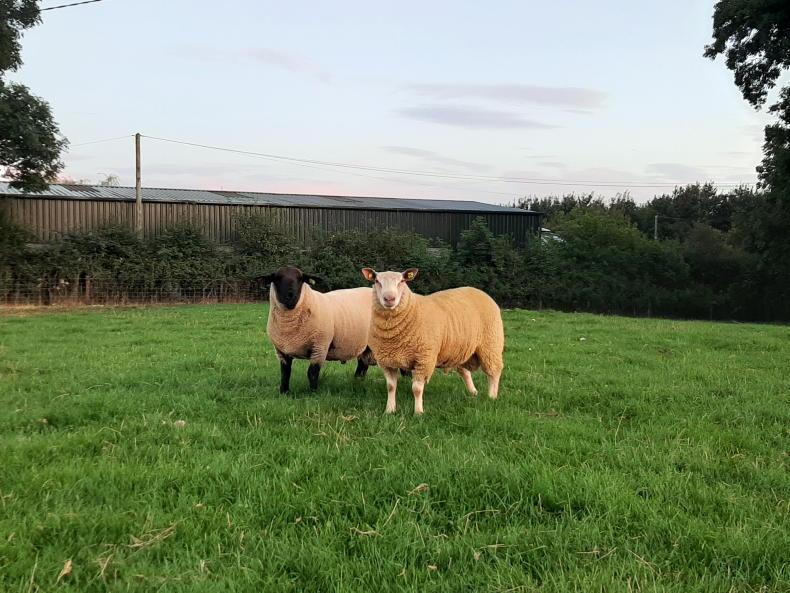

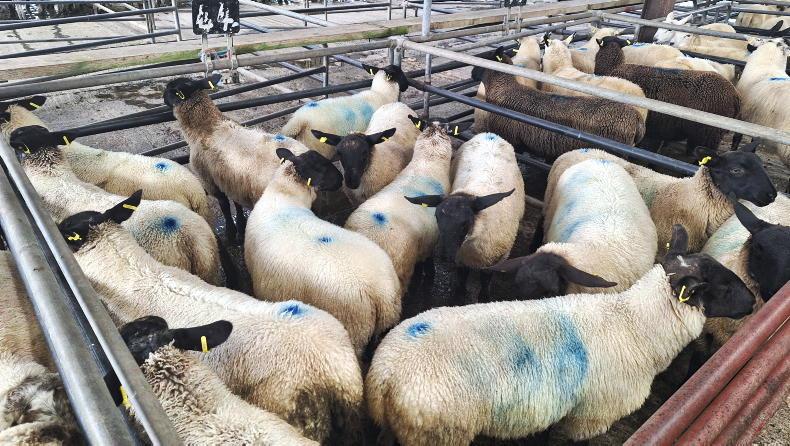
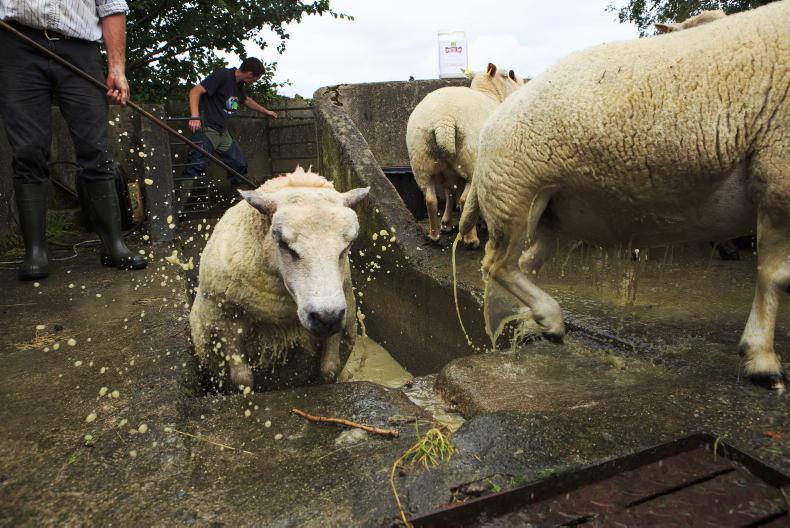
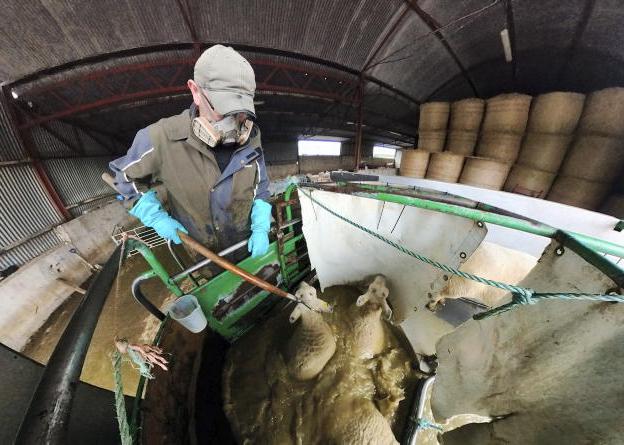
SHARING OPTIONS